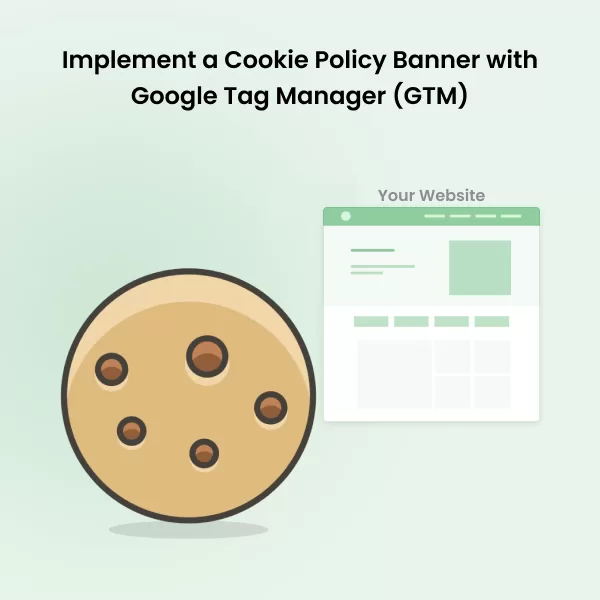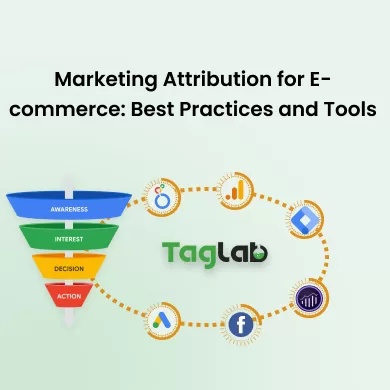Your cart is currently empty!
Web Design
Posted by:
|
On:
|
Web Design refers to the process of planning and creating the visual and functional aspects of a website. It involves layout design, color schemes, typography, and the overall aesthetic of the site. Effective web design is essential for providing a positive user experience, enhancing usability, and achieving business objectives.
Detailed Explanation
Web Design encompasses various components that contribute to the overall look and feel of a website. Here’s a breakdown of key elements:
- Layout: The arrangement of visual elements on a page, including headers, navigation menus, content areas, and footers. A well-structured layout enhances readability and user engagement.
- Color Scheme: The use of colors to create a visual hierarchy and convey brand identity. Color schemes should be consistent and align with the brand’s style guide.
- Typography: The selection of fonts and text styles to improve readability and aesthetic appeal. Typography should be chosen based on the target audience and the message being communicated.
- Images and Media: Visual elements such as photos, videos, and graphics that enhance content and make the website more engaging. Images should be high-quality and relevant to the content.
- Responsive Design: A design approach that ensures a website functions well on various devices and screen sizes. Responsive design adjusts the layout and content based on the user’s device.
- Navigation: The design of menus and links that help users find information quickly and easily. Effective navigation is intuitive and minimizes the number of clicks required to reach important pages.
- Usability: The ease with which users can interact with the website. Usability focuses on user experience, ensuring that the site is easy to use and accessible.
Key Points
- What it is: Web Design is the process of creating the visual and functional aspects of a website, including layout, color schemes, typography, and usability features.
- Why it matters: Effective web design is crucial for providing a positive user experience, enhancing site usability, and achieving business goals. A well-designed website attracts and retains users, improves conversion rates, and supports brand identity.
- How to create it: To create effective web design, understand your target audience, use a consistent color scheme and typography, create an intuitive layout, and ensure responsive design. Regularly test and update the design based on user feedback and emerging trends.
Examples
- Example 1: An e-commerce website with a clean layout, easy-to-navigate categories, and responsive design that adjusts to different devices. The use of high-quality product images and clear calls-to-action enhances the user experience and drives sales.
- Example 2: A portfolio website for a designer featuring a visually appealing layout, consistent typography, and interactive elements that showcase their work. The design emphasizes the designer’s skills and style while providing a user-friendly experience.
Related Terms
- User Interface (UI) Design
- User Experience (UX) Design
- Responsive Web Design
- Graphic Design
Frequently Asked Questions
What is Web Design?
Web Design is the process of creating and planning the visual and functional aspects of a website, including layout, color schemes, typography, and usability features.
Why is Web Design important?
Web Design is important because it affects user experience, site usability, and overall effectiveness. A well-designed website can attract and retain users, improve conversion rates, and support brand identity.
What are the key elements of Web Design?
Key elements of Web Design include layout, color scheme, typography, images and media, responsive design, navigation, and usability. Each element contributes to the overall user experience and effectiveness of the website.
How do I create effective Web Design?
To create effective Web Design, understand your target audience, use a consistent color scheme and typography, design an intuitive layout, ensure responsive design, and regularly test and update based on user feedback and trends.
What is responsive Web Design?
Responsive Web Design is an approach that ensures a website functions well on various devices and screen sizes. It involves designing flexible layouts and using media queries to adapt the content to different screens.



